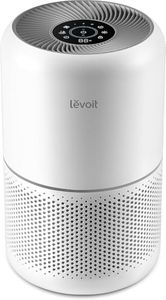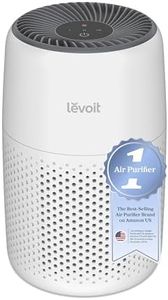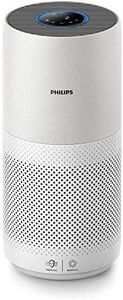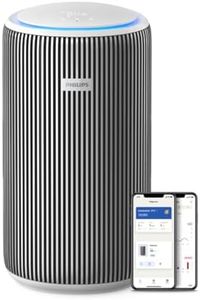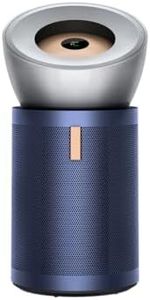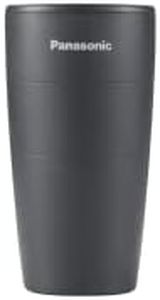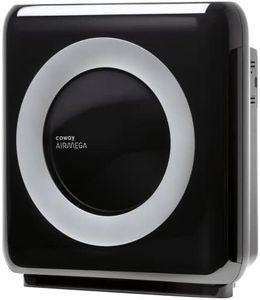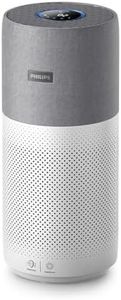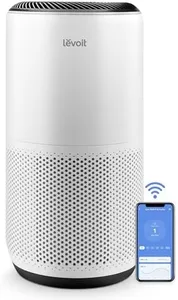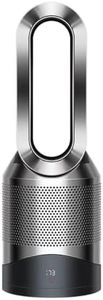We Use CookiesWe use cookies to enhance the security, performance,
functionality and for analytical and promotional activities. By continuing to browse this site you
are agreeing to our privacy policy
10 Best Air Purifier For Allergies
From leading brands and best sellers available on the web.Buying Guide for the Best Air Purifier For Allergies
Choosing the right air purifier for allergies is an important step toward creating a healthier living space, especially if you suffer from pollen, dust mites, pet dander, or other airborne allergens. The right device can help capture these particles, making the indoor air safer and more comfortable to breathe. To make a great choice, understand which specifications have the biggest impact on allergy relief.Filter TypeThe filter type determines what kind of particles the air purifier can capture. For allergies, a HEPA filter (High-Efficiency Particulate Air) is essential because it captures tiny particles such as pollen, pet dander, and dust mites. You might see 'True HEPA' or 'HEPA-type' in descriptions: True HEPA is standardized to capture 99.97% of particles as small as 0.3 microns, which is ideal for allergy sufferers, while HEPA-type filters may not meet this standard. Carbon filters, which remove odors and some gases, can be a useful add-on but are less relevant for allergies. Always check for True HEPA certification if your main goal is allergen removal.
Coverage AreaCoverage area tells you the maximum room size the purifier can effectively clean, usually given in square feet or meters. Purifiers with small coverage areas work best for personal spaces or small bedrooms, while larger units are needed for open living rooms or large bedrooms. To pick the right coverage, measure the room where you'll use the purifier and choose a device rated for at least that size. Using an underpowered purifier in a large room won't give you adequate allergy relief.
CADR (Clean Air Delivery Rate)CADR measures how quickly and efficiently the purifier can remove smoke, dust, and pollen from the air. The higher the CADR number, the faster the purifier works. CADR is usually specified individually for dust, pollen, and smoke. For allergies, focusing on dust and pollen ratings is most important. For best results, choose a model with a CADR rating that matches about two-thirds of your room size in square feet; this ensures rapid cleaning and effective allergen removal.
Noise LevelNoise level, usually measured in decibels (dB), indicates how loud the purifier will be during operation. Very quiet units operate below 30 dB and are suitable for bedrooms or nurseries, while standard models may range from 35–50 dB which is similar to quiet conversation. If you plan to use the device while sleeping or in quiet spaces, look for lower decibel levels. On the other hand, for living areas or places with background noise, a higher level may not be as much of an issue.
Filter Replacement and MaintenanceAir purifiers need regular maintenance—mainly filter replacements—to keep working efficiently. Some units have filter change indicators, making it easy to know when a new filter is needed. Look for information about how often filters should be changed and the cost or ease of replacing them. For allergy sufferers, timely filter changes are crucial, so a model with easy-access filters and reminders is very helpful.
Additional Features (e.g., Smart Controls, Air Quality Sensors)Some air purifiers come with features like automatic air quality sensors, mobile app connectivity, or programmable timers. Air quality sensors can adjust the purifier's speed based on the room's real-time particle level, which is useful for hands-off operation, while smart controls let you monitor or control the device from a phone. If you want extra convenience or are interested in automation, look for these features. If simplicity is more important, a manual model is also effective as long as the core specs fit your needs.


